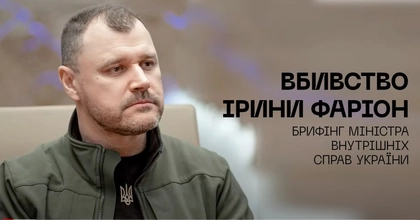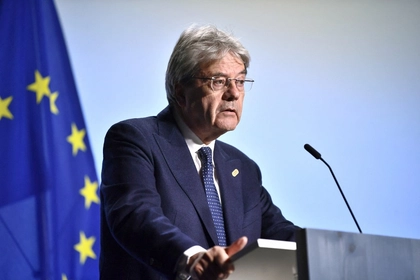President Vladimir Putin announced in December that Russia would soon no longer rely on its fleet of foreign commercial airliners, that were suffering from Western sanctions, by manufacturing domestically produced replacements as part of Moscow’s “import substitution” program.
Speaking during the Direct Line Q&A session at his end-of-year press conference, he said: “We need to develop our own aircraft production. Under our plan we intend to make more than 1,000 our own airplanes by 2030.”
JOIN US ON TELEGRAM
Follow our coverage of the war on the @Kyivpost_official.
Russian aviation made optimistic claims that it would be able to weather the effect of sanctions on the 400 Airbus and Boeing aircraft they kept hold of following the full-scale invasion of Ukraine. It is, however, increasingly evident that the absence of spare parts, software updates, and certified maintenance schedules is having an ever-increasing impact on reliability and safety.
Putin’s 2030 aviation manufacturing plan, was originally announced in June 2022 when it first became apparent that sanctions were going to sooner or later force the grounding of its foreign planes. It was portrayed by several domestic and international commentators as “a massive program to make all-Russian airplanes… independent from Western technology.”
Almost immediately following Putin’s December announcement the program allocated 283 billion rubles ($3.1 billion) to the state-owned industrial conglomerate Rostec in January to manufacture a total of 1,036 planes based on eight types of medium-haul aircraft, using only Russian components and parts, by 2030.

Farion’s Killer Prepared Disguises, Had Another Victim in His Sights, Interior Minister Says
However, as the Ukrainian website Defense Express reported on Saturday, May 18 the 2022 plan had to be revisited and revised just over four months after the Kremlin’s end of year pronouncement.
The aircraft types announced in the plan, whose official name was “The Complex program on the development of Russian air transport branch by 2030,” included the Sukhoi SSJ-100, Yakovlev MS-21, Ilyushin IL114-300 and IL-96-300, Tupolev 214, UZGA VRS-44 Lagoda, Let L-410 Turbo, and the Baykal LMS-901.
In 2022 it was projected that 18 aircraft would be built in 2022, 25 in 2023 and 69 in 2024 before ramping up in subsequent years to reach the total of 1036 by the end of 2030. In fact, according to Defense Express, only two aircraft were built each year in 2022 and 2023 and just one in 2024. The revised plan still optimistically predicts that production will reach the levels planned in 2022 by 2025 and 2026 leading to a revised total just short of the magic one thousand: 994 by end 2030.
The plan for aircraft engines has also, unsurprisingly, required adjustment. It originally called for a total of 4,964 of the eight types of engine needed to support the eight import substitution airframes. This has now been reduced to 3,348.
Similar problems have been experienced for helicopter manufacture. Although the revised schedule suggests that the planned totals will be reached, it was reported in November that Russia was seeking to buy used helicopter engines, many of which originate from Ukraine’s Motor Sich, from Egypt, Pakistan and Brazil to keep its military fleet of Ka-52s, Mi-24s, Mi-8s, and Mi-17s in the air.
The new May 4, 2024, plan and schedule not only included a new 2025–2030 forecast but manipulated the figures so as to portray the actual 2022-2024 totals as if they had always been part of the blueprint and thus the failed execution plan was actually a successful one.
You can also highlight the text and press Ctrl + Enter






